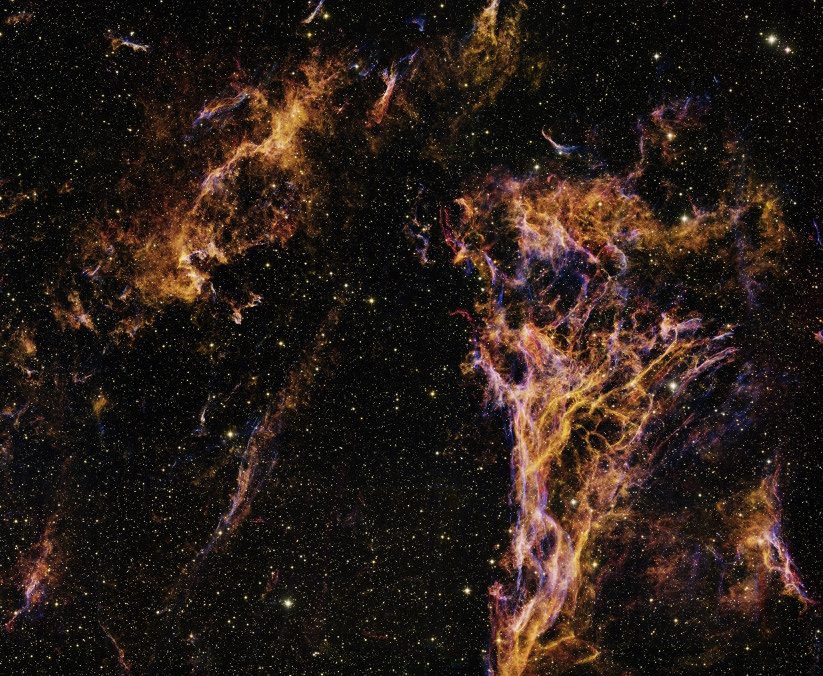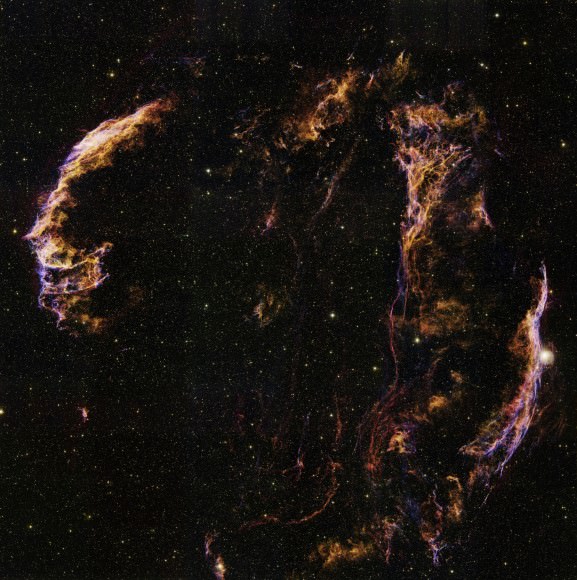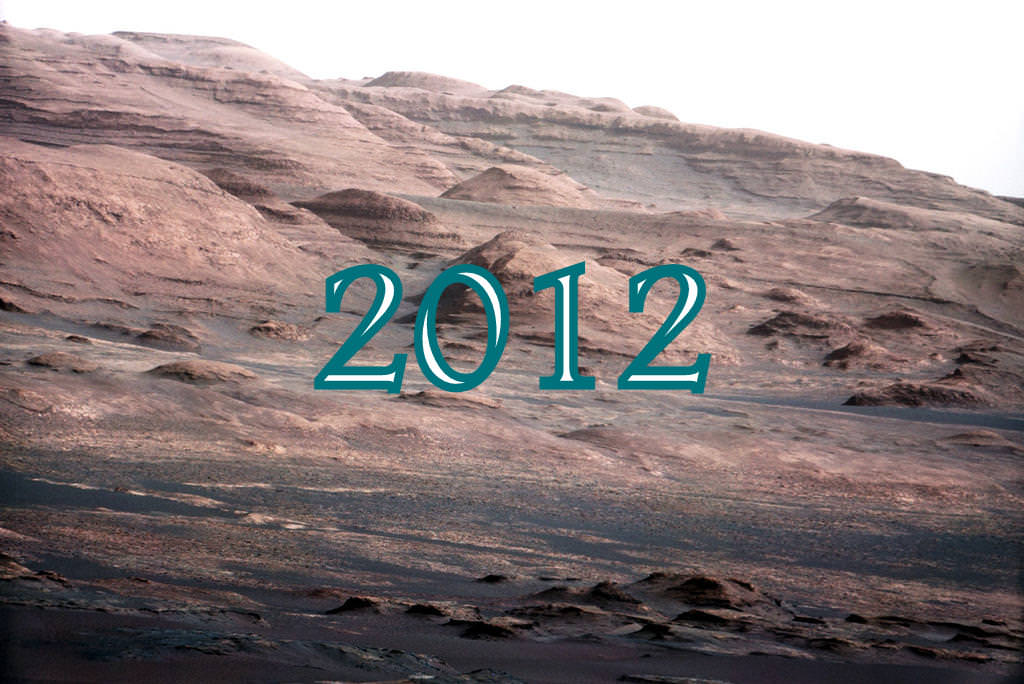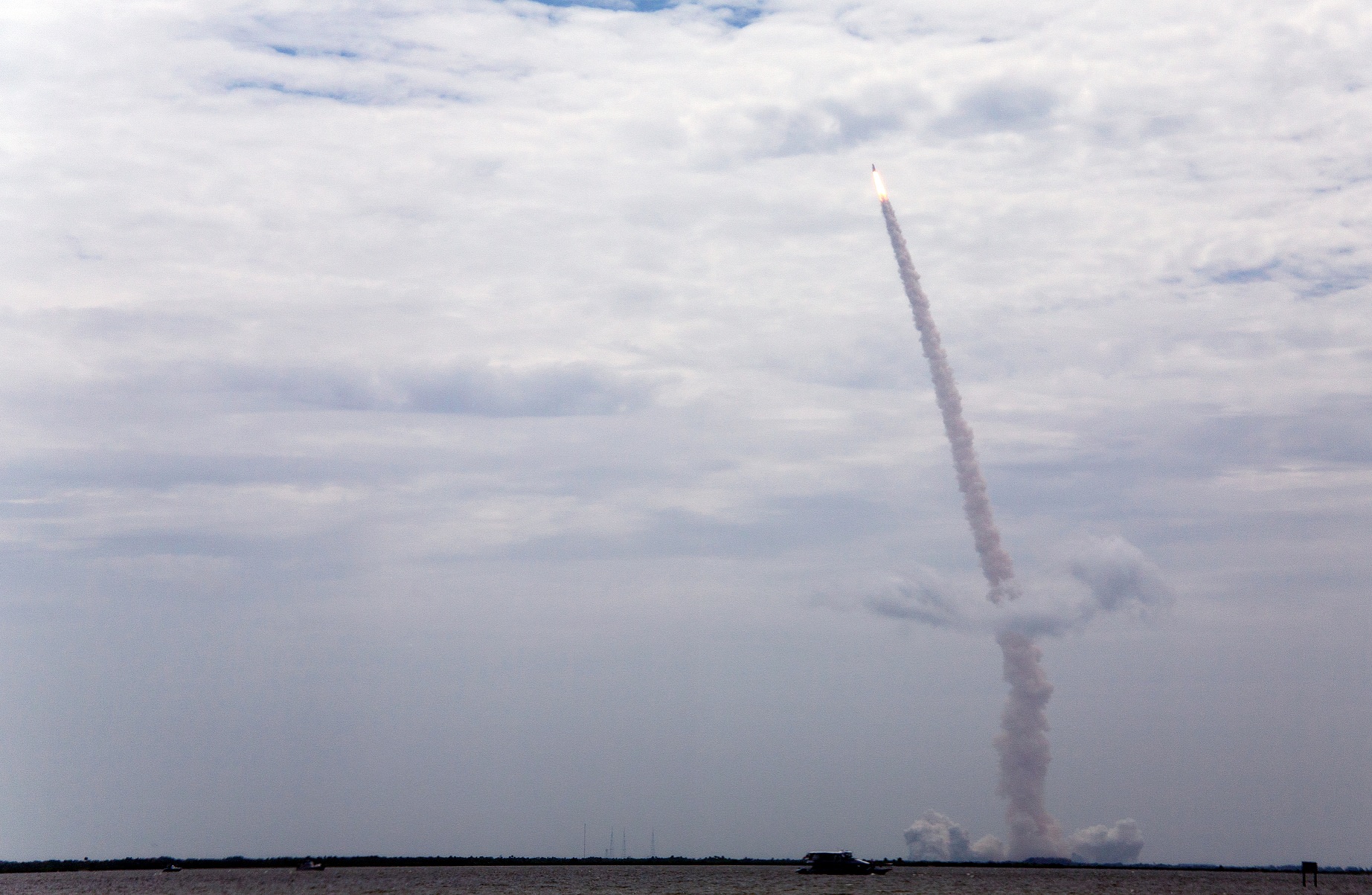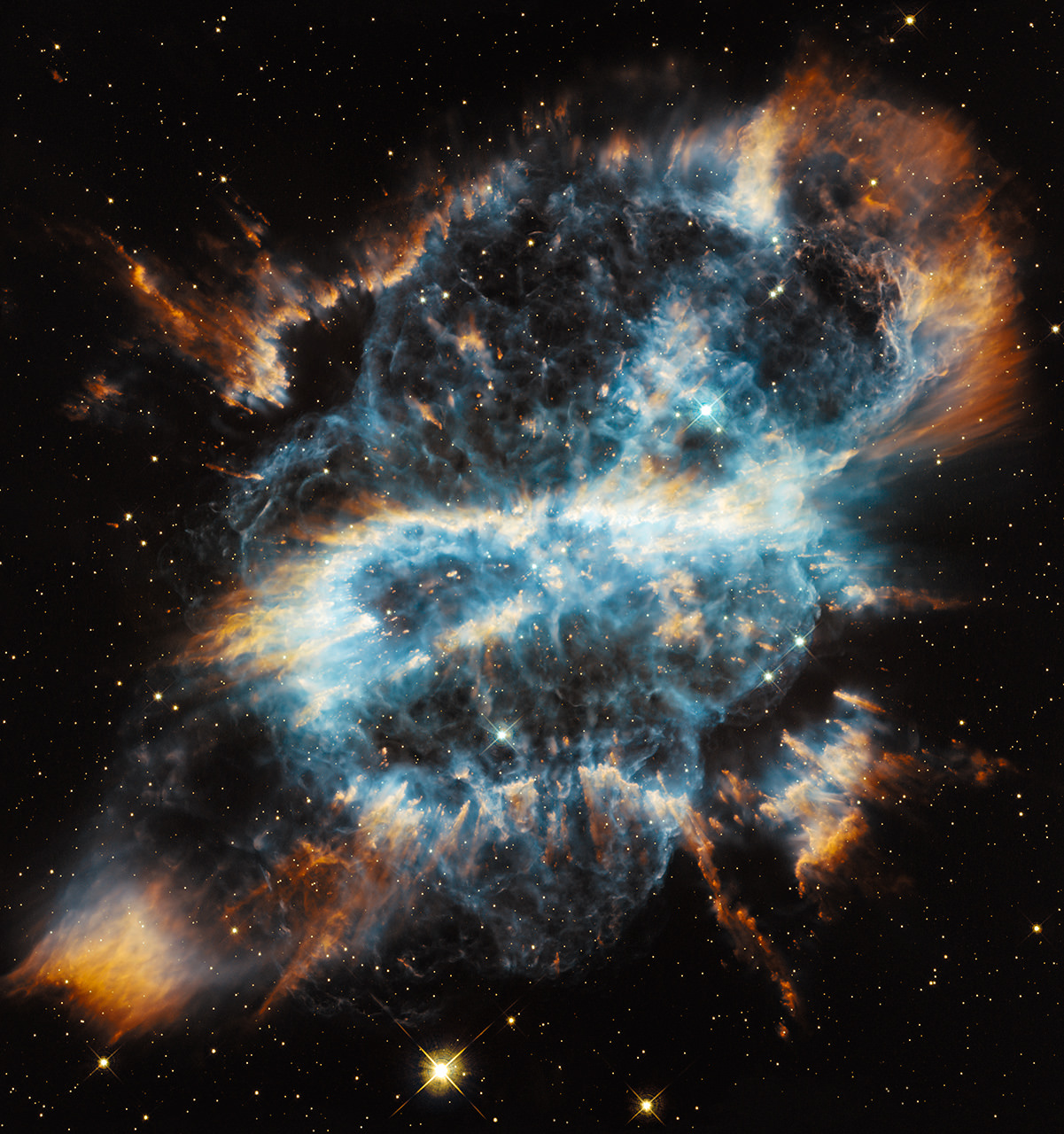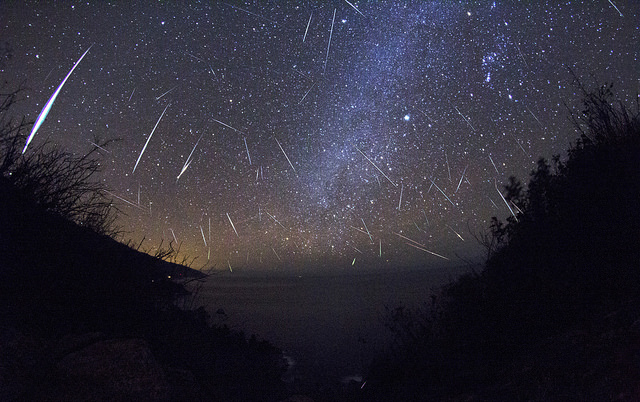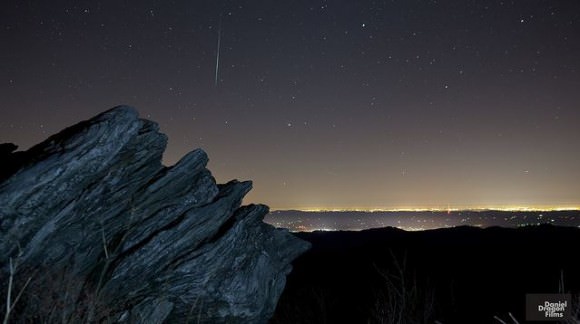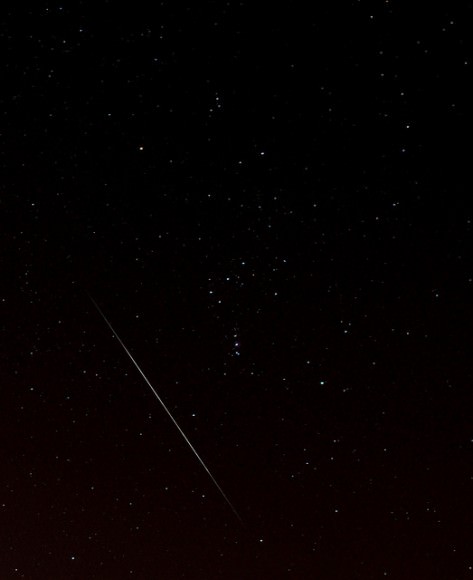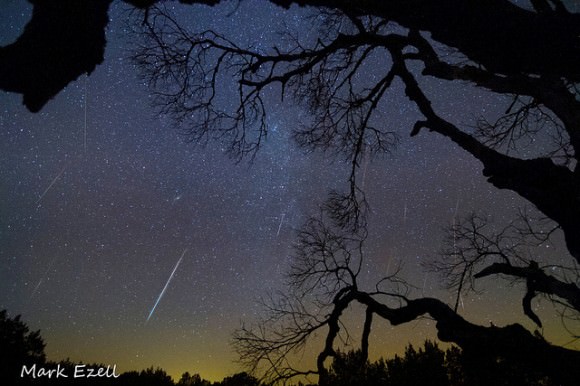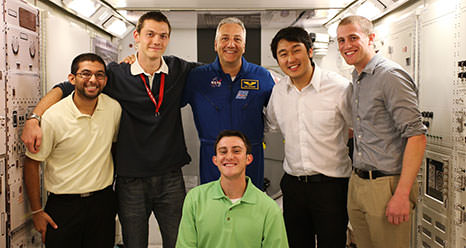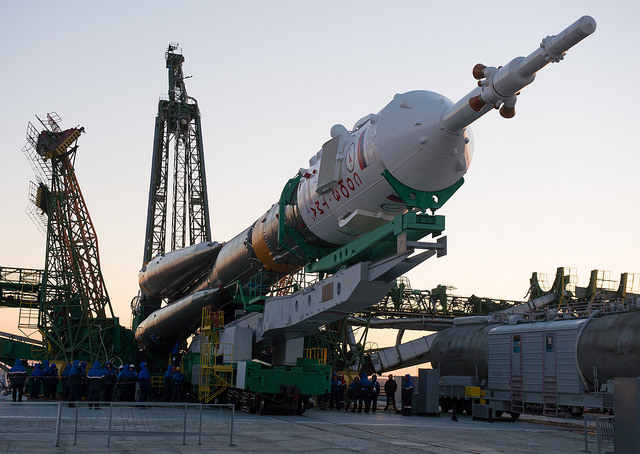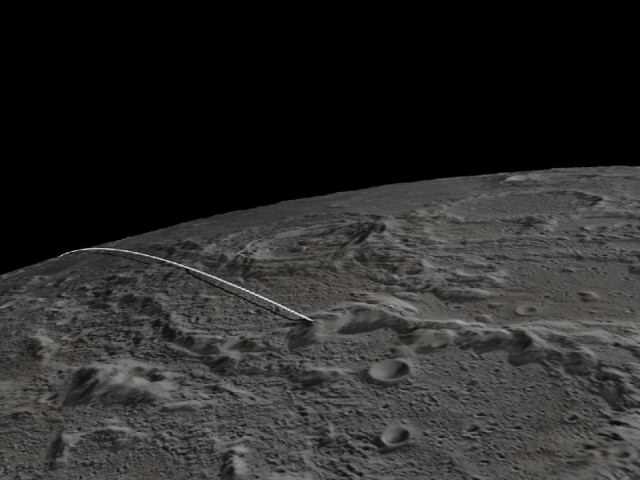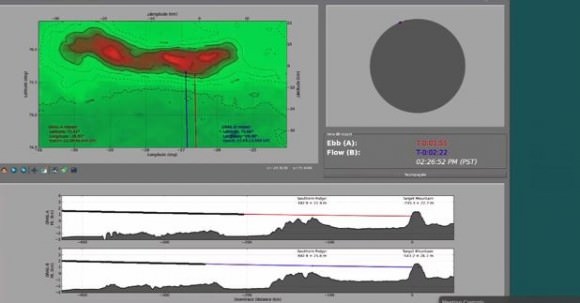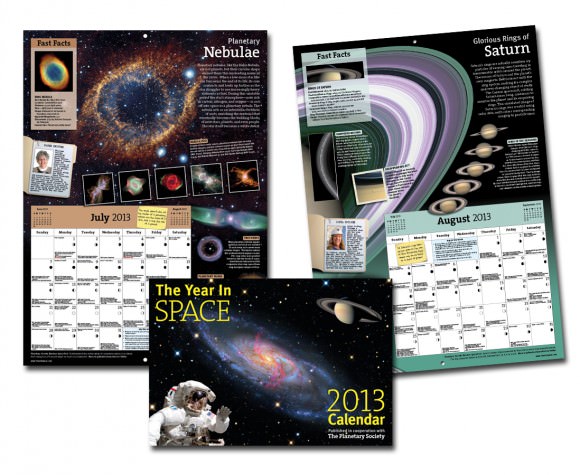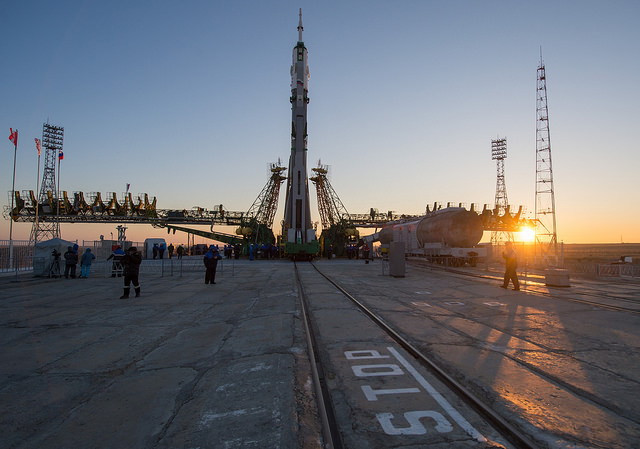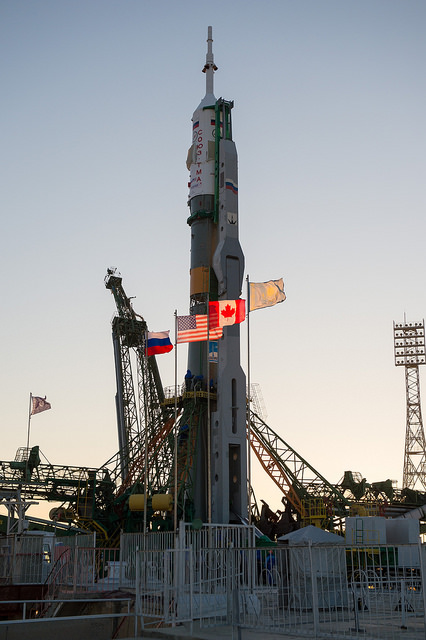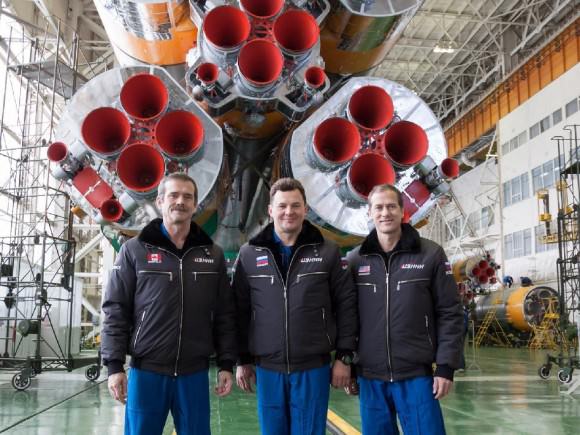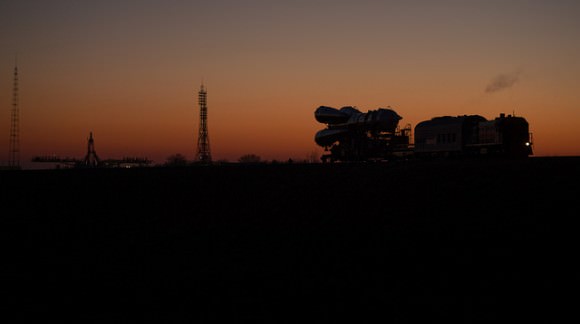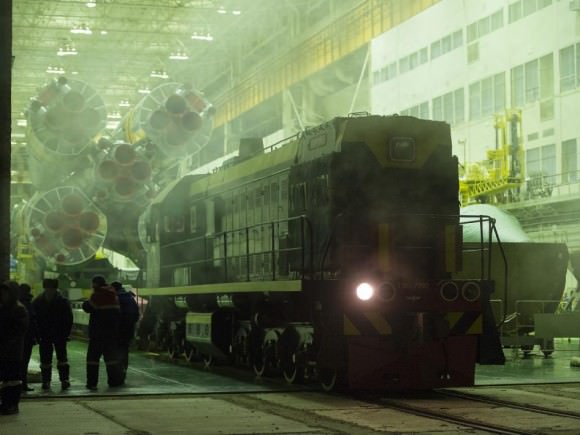The northern portion of the Cygnus Loop, as seen in an enormous new panorama from the National Optical Astronomy Observatory (NOAO) and WIYN partners
Looking for a stunning new desktop image to wrap up the year? Try this: it’s an amazing panorama of the Cygnus Loop, a supernova remnant located 1,500 light-years away in the constellation (you guessed it) Cygnus. The full-size image, acquired with the wide-field Mosaic camera on the WIYN 0.9-meter telescope at Kitt Peak, Arizona, is a staggering 600 million pixels in size — over 1.68 gigabytes — making it one of the largest astronomical images ever made!
See the full image (and links to download larger versions) below:
2000-pixel-wide version of the full Cygnus Loop panorama
The entire structure of the Cygnus Loop, the gaseous remains of a supernova that occurred 5,000 – 10,000 years ago, covers an area nearly 45 times the size of the full Moon in the sky.
In the image, hydrogen alpha, sulphur, and oxygen ions correspond to the red, green, and blue color values, respectively.
“Images like this are amazing because they can remind you of the big picture and beauty that surrounds us.”
– Dr. Richard Cool, MMT Observatory
From the NOAO press release:
Astronomers estimate the supernova explosion that produced the nebula occurred between 5,000 to 10,000 years ago. First noted in 1784 by William Herschel, it is so large that its many parts have been catalogued as separate objects, including NGC 6992, NGC 6995 and IC 1340 along the eastern (left) side of the image, NGC 6974 and NGC 6979 near the top-center, and the Veil Nebula (NGC 6960) and Pickering’s Triangle along the western (right) edge. The bright star near the western edge of the image, known as 52 Cygnus, is not associated with the supernova.
“Often, astronomical research reduces images to dry tables of numerical information that we analyze in order to more deeply understand our universe,” said Dr. Richard Cool, astronomer at the MMT Observatory in Arizona, who originally obtained the images in 2003 while still a graduate student. “Images like this are amazing because they can remind you of the big picture and beauty that surrounds us.”
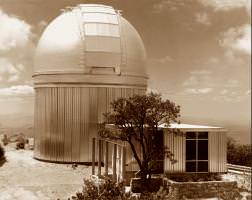 This incredible image demonstrates that even relatively small telescopes are capable of producing cutting-edge research, when equipped with modern cameras.
This incredible image demonstrates that even relatively small telescopes are capable of producing cutting-edge research, when equipped with modern cameras.
Got bandwidth to spare? Download the full-size 1686.5 MB TIFF image here, or find other versions on the NOAO page here.
Image Credit: T.A. Rector (University of Alaska Anchorage), Richard Cool (University of Arizona) and WIYN/NOAO/AURA/NSF. Inset image: original dome of the Kitt Peak 0.9-meter telescope. (NOAO/AURA/NSF)

